The Samson “Manufacture of Porcelain, Earthenware and Terra Cotta” (four generations) is the most beautiful example, in the field of fire arts, of the interest brought in the XIXth century and in the first half of the XXth to the styles of the past, the XVIIIth as the Middle Ages or the Renaissance, and for all the exoticisms, the Spain like Saxony or China. With a very rich, varied and excellent quality production, the Samsons were geniuses of imitation and the best reproducers of old pieces in ceramic art. Edmé Samson (1810-1891), painter and decorator on ceramic established in 1845 at n ° 7 rue Vendôme in Paris, bought his whites, in other words undecorated porcelain, from various Parisian factories. His son Emile (1837-1913) who succeeded him, began to make reproductions of old porcelain. Present at the Exhibition of Fine Arts Applied to Industry in 1863, Emile Samson was particularly noted for his porcelains imitating "Old Japan". In 1864 he installed a factory in Montreuil-sous-Bois, near Paris and had great success at the Universal Exhibition in Paris in 1867 with his imitations of Saxony, China and Japan, all considered to be of very good quality. At the Universal Exhibition of 1889, Samson & Cie was renowned for being specialized in large pieces both in earthenware and porcelain, whose models came from the largest French and foreign museums, such as the Louvre Museum or the Victoria & Albert Museum in London. Emile joined forces in 1891 with his son Léon (1868-1928), under the name of Samson & Fils, who gave a large extension to the factory, employing a large number of workers and decorators. In addition to making and decorating these porcelains, the Samson factory also had a bronze workshop for their superb mounts. In general, the Samson are marked with a monogram which shows the S of the porcelain maker, adapted in various ways.


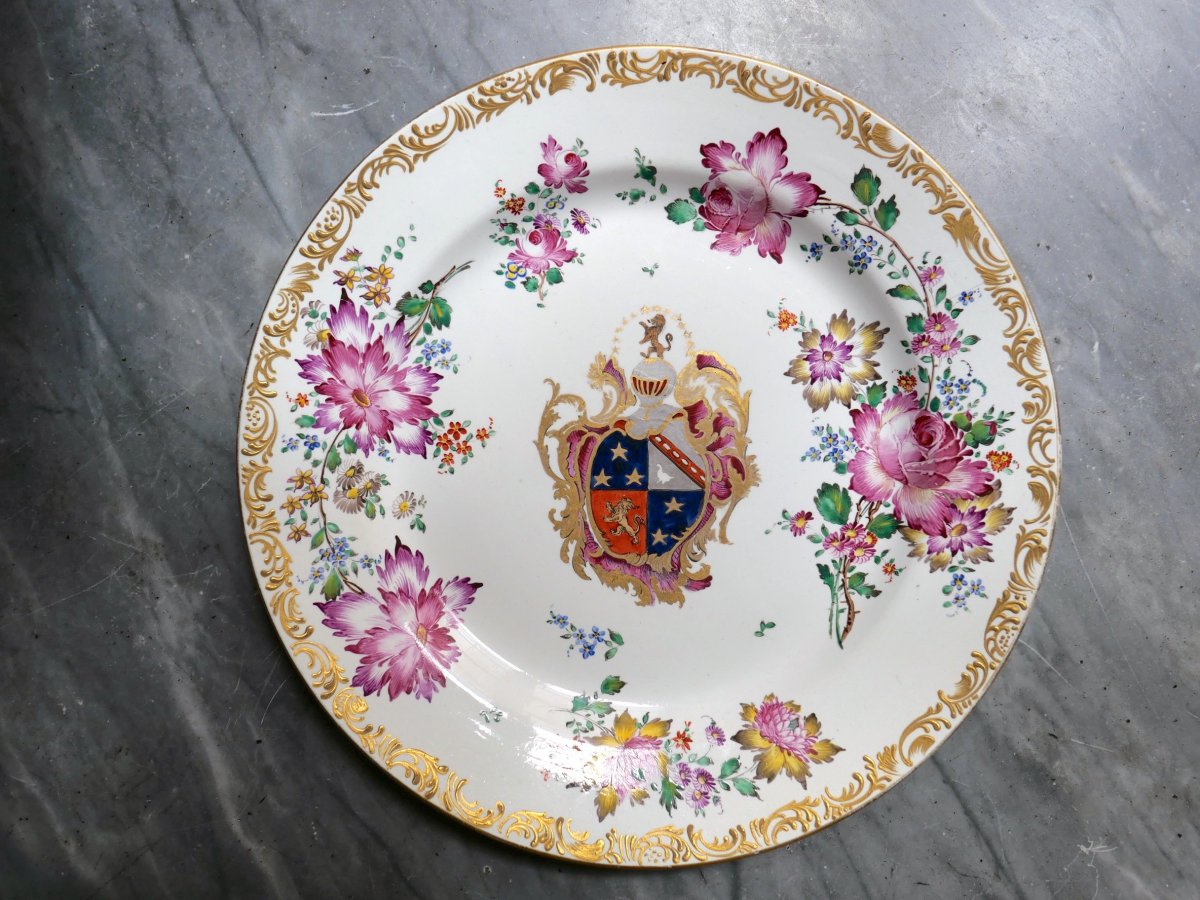
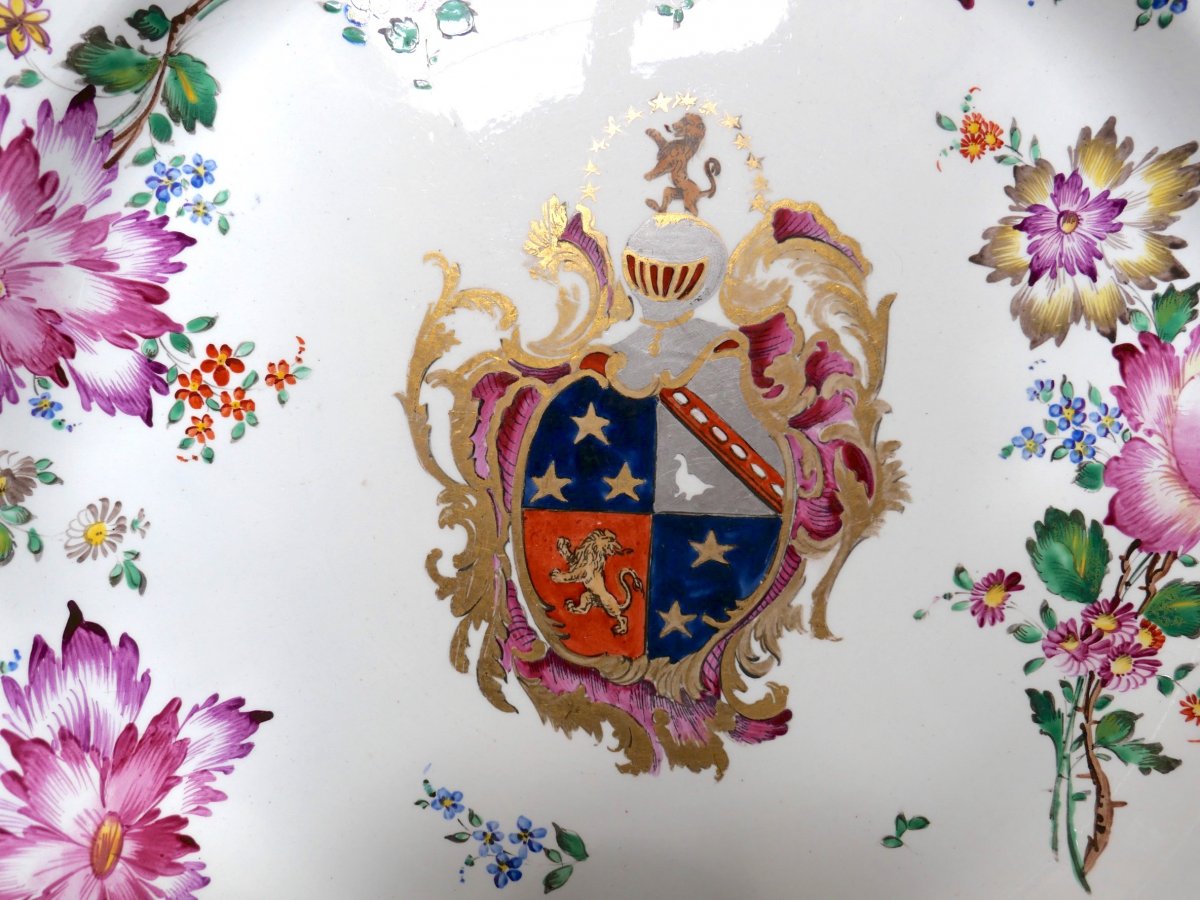
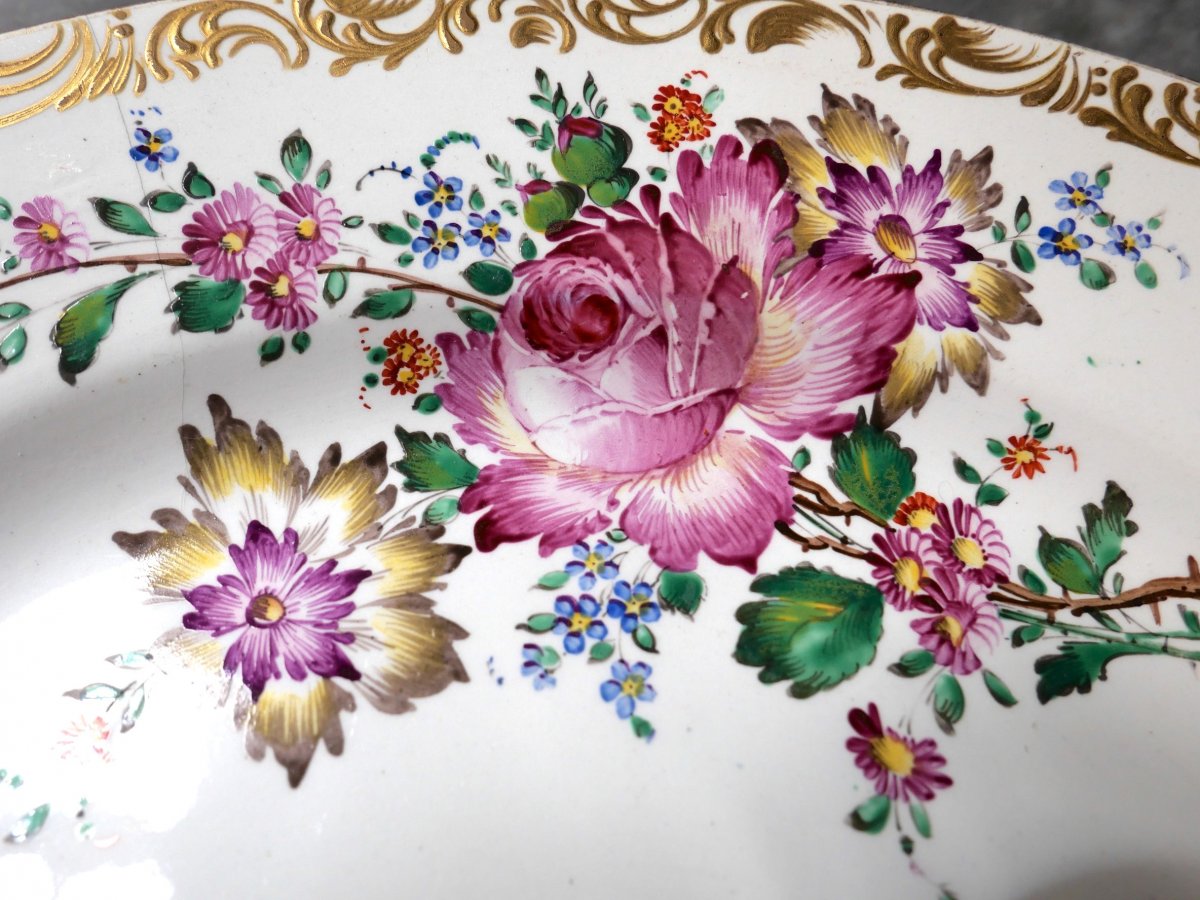
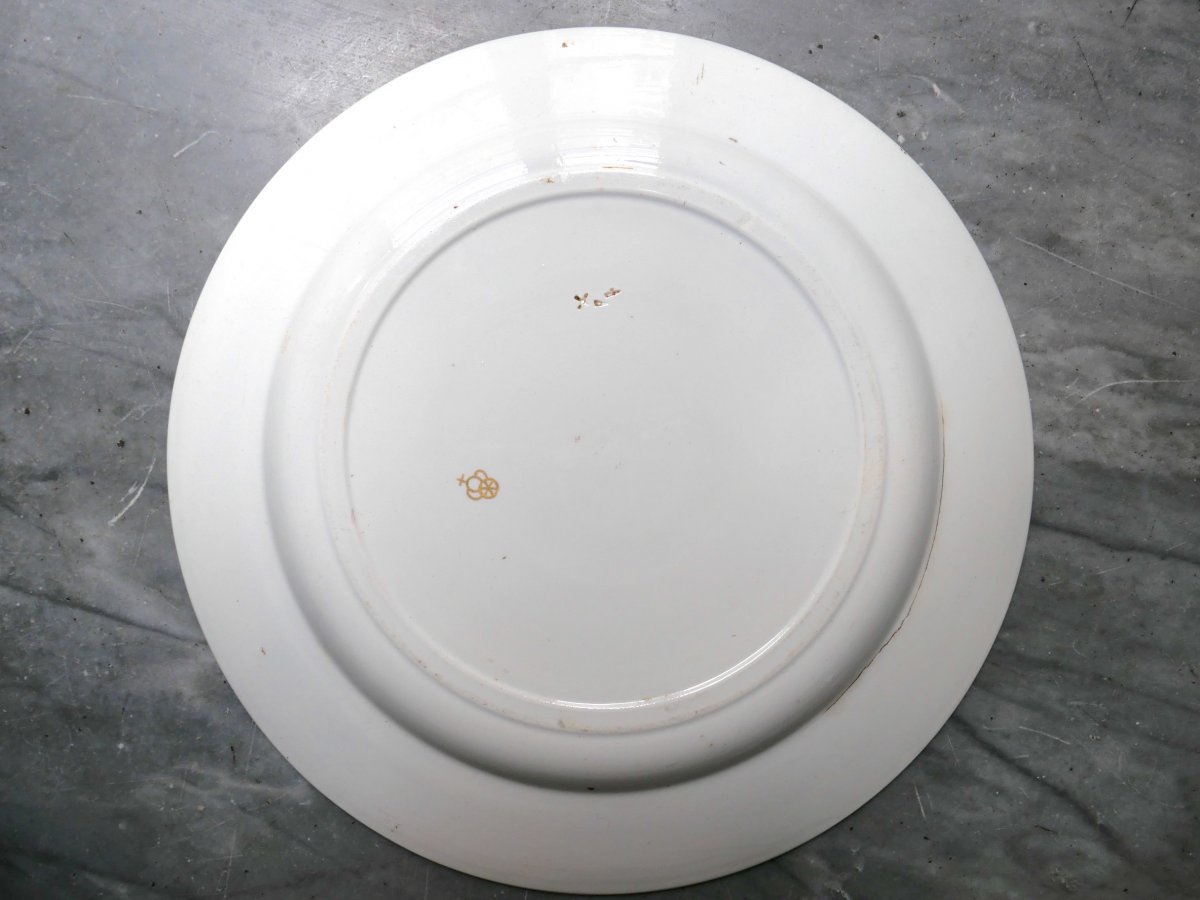
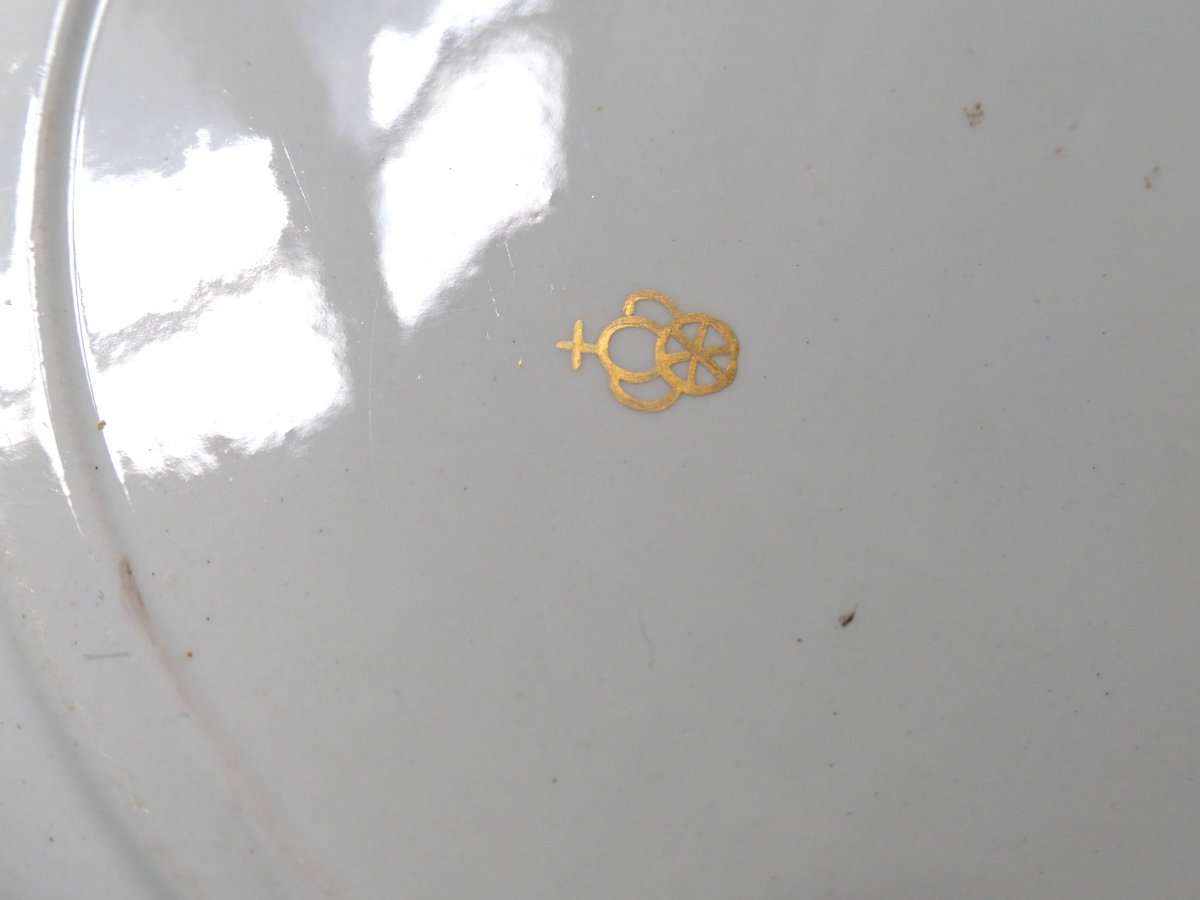
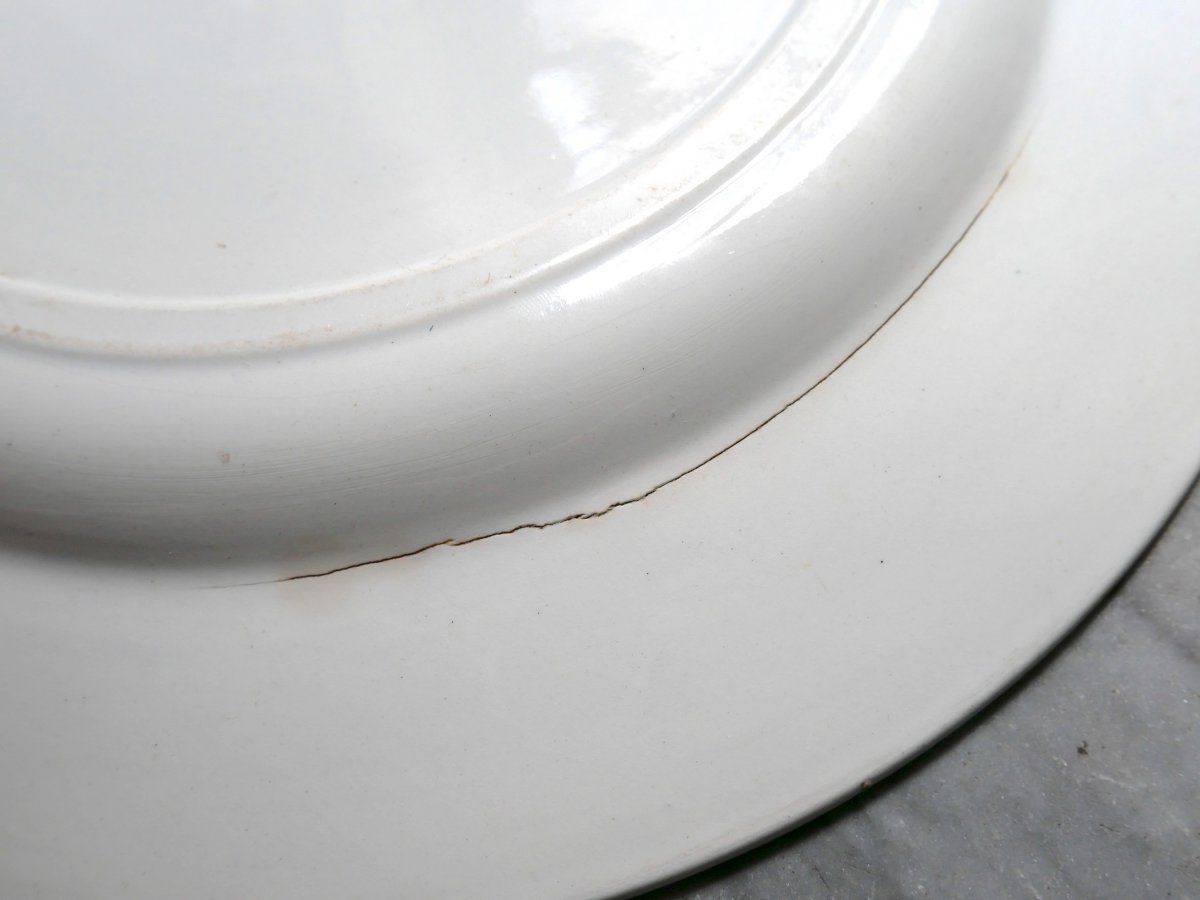







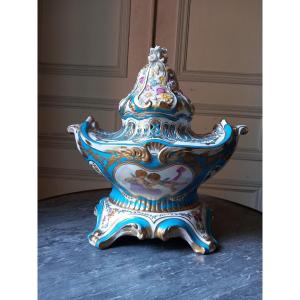
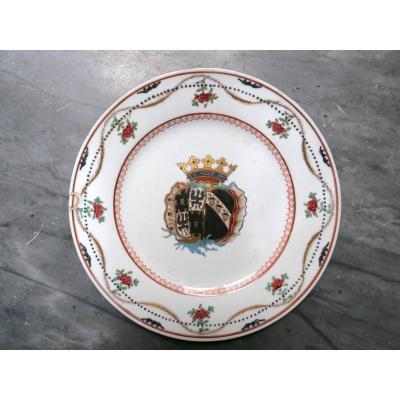
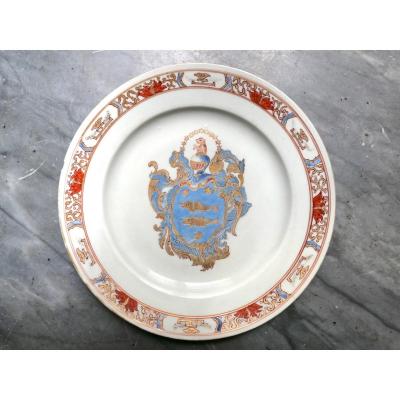

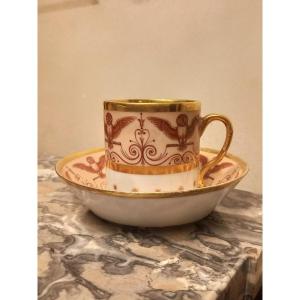
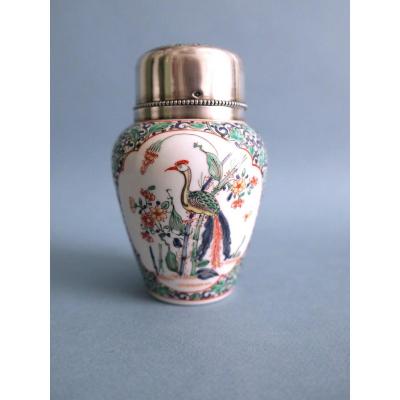
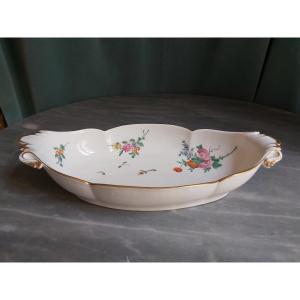

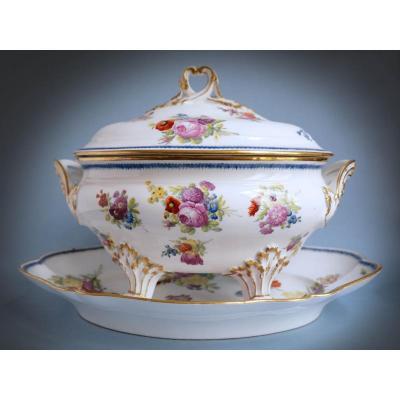


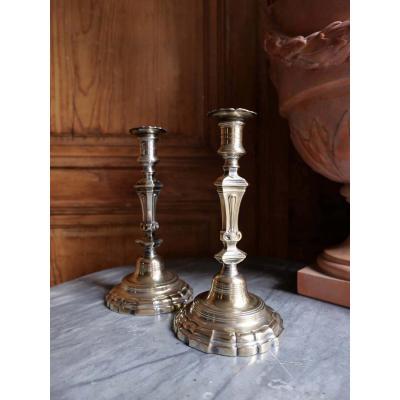

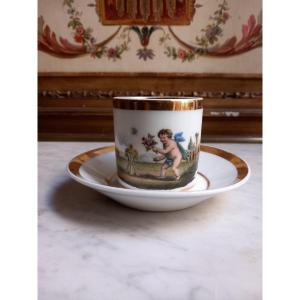
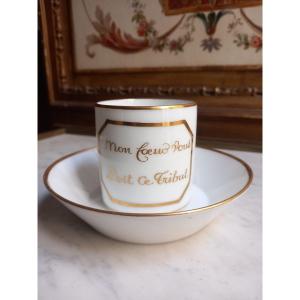
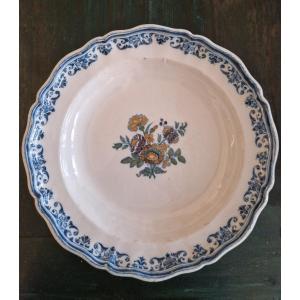







 Le Magazine de PROANTIC
Le Magazine de PROANTIC TRÉSORS Magazine
TRÉSORS Magazine Rivista Artiquariato
Rivista Artiquariato